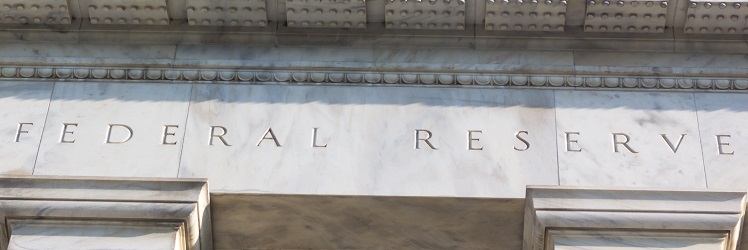Articles
Fed Task Force: Ubiquity is the Key to Faster Payments
- By Andrew Deichler
- Published: 7/21/2017

The Federal Reserve Faster Payments Task Force has released the second part of its final report on achieving secure, ubiquitous, faster payments in the United States by 2020. The report makes recommendations for achieving such a system, and reviews various proposals submitted by providers across the payments industry.
Achieving ubiquity
The task force, which is comprised of more than 300 payments industry stakeholders, believes that the key to a successful faster payment system is ubiquitous receipt, in which all payment service providers can receive faster payments and make the funds available to customers in real time. While the report notes that several faster payments solutions are already under development in the U.S., it warns that they will be of little value if end users are required to invest in multiple services to reach other end users.
The report acknowledges the challenges to achieving ubiquity, such as technical and business process issues, different rules and functionality around competing solutions, and security. But while other nations have addressed these challenges through instituting mandates, the task force is taking a market-driven approach that enables stakeholders to collaborate.
The task force envisions a faster payments system that allows for the interoperation of competing solutions and offers consumers and businesses seamless, end-to-end payments that are secure. “The goal is a shiny new payments system that will deliver broad benefits to American consumers and businesses by delivering real-time, data-rich payments,” said Fed Faster Payments Strategy Leader Sean Rodriguez during a live broadcast following the release of the report.
Rodriguez noted that the report also features expert assessments of 16 different faster payments solution proposals. The task force did not pick a “winner”; rather, its goal is to leave that decision up to the marketplace.
The recommendations
The task force has made 10 recommendations for a faster payments system, which pertain to three key areas—governance and regulation, infrastructure, and sustainability and evolution.
Governance and regulation
A formal governance framework must be established for the faster payments system. The task force believes that this should be a voluntary, industry-led framework for collaboration and decision-making that will work to ensure ubiquitous receipt by 2020.
The system also will need a set of rules, standards and baseline requirements that support broad adoption, safety, integrity, trust and interoperability.
Lastly, existing payments regulations must be addressed to ensure they are suited to real-time capabilities.
Infrastructure
The task force recommends creating an inclusive directory workgroup to identify and recommend a directory design for faster payments solutions to interoperate. Given that several directories are already under development, work on this effort should begin immediately.
The Fed’s settlement mechanisms will need to be enhanced to support faster payments. The task force is asking the Fed to design and implement a 24 x 7 x 365 settlement service. Broader access to settlement services may enhance competition among providers.
Additionally, the task force believes that the Fed should explore and assess the need for an operational role in the faster payments system to support ubiquity, competition and access to faster payments.
Sustainability and evolution
The task force recommends developing and implementing methods for fraud detection, reporting and information sharing. Faster payments can lead to faster fraud; therefore, timely detection of fraudulent transactions will be essential to achieve trust among end users—particularly corporate end users.
Development of cross-solution education and advocacy programs for end users and service providers will also be necessary for the system to achieve broad adoption. End users will need a greater understanding of faster payments themselves, while service providers will need to focus on usability, accessibility and baseline requirements.
Research and analysis should also be conducted to address gaps in faster, cross-border payments, with the ultimate goal being interoperability between faster payments systems in the U.S. and other nations.
Finally, research and analysis of emerging technologies must continue. With new technologies infiltrating the payments landscape on a daily basis, the risks and opportunities they present must be carefully evaluated.
Call to action
Although the report has been a long time coming, it presents mere guidelines to follow; it will be up to payments stakeholders to determine the next steps. They can’t sit on their hands if they want to see faster payments in the U.S. by the task force’s 2020 deadline. “With the report now released it will be very important not to lose momentum going forward,” said Magnus Carlsson, AFP's manager of treasury and payments.
As such, the task force is calling on all stakeholders to get involved. They are encouraged to:
- Embrace and promote the Fed’s vision and its Effectiveness Criteria
- Participate in the ongoing dialogue
- Contribute to workgroup efforts and deliverables
- Take steps to make their own organizations faster payments ready by 2020.
Copyright © 2024 Association for Financial Professionals, Inc.
All rights reserved.

